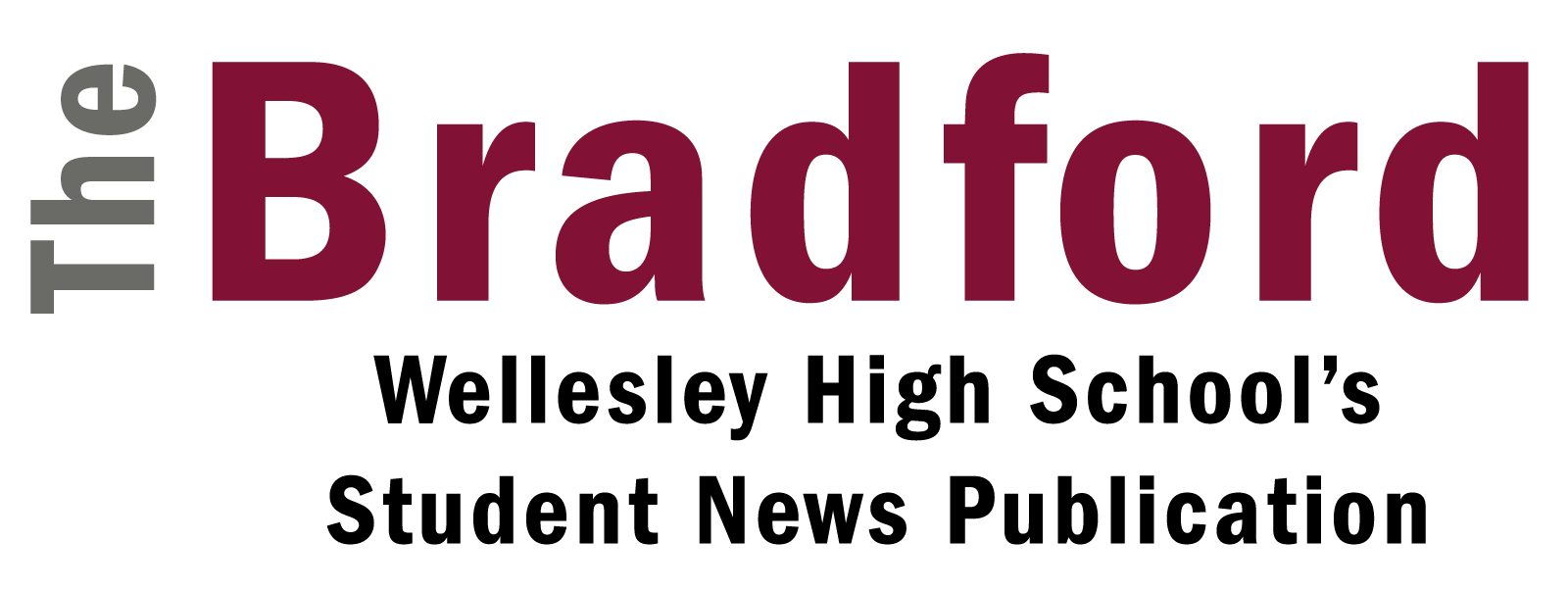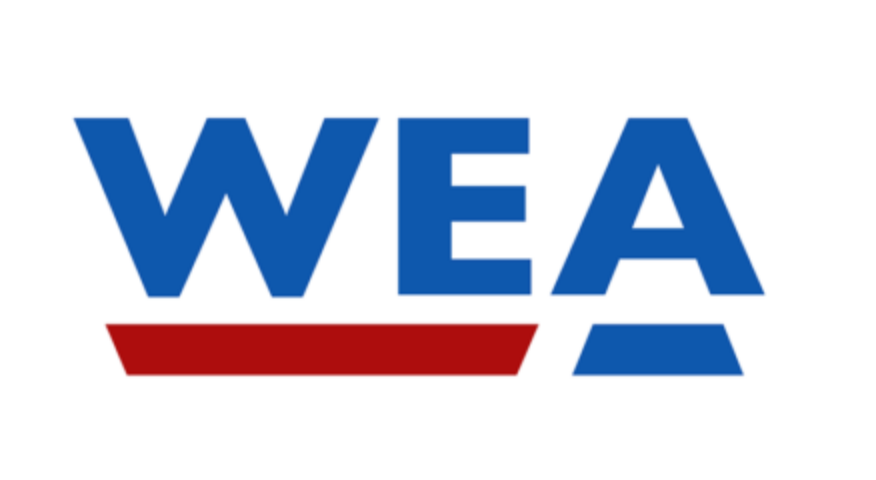As the high school and the Wellesley Public Schools district progress with the hybrid model, the Wellesley Educators Association (WEA) is developing systems to address teachers’ health and safety concerns.
One system that the WEA has in place allows teachers to email their concerns to building representatives, who then will raise these concerns in a district-wide health and safety committee.
President Mr. Kyle Gekopi likens the building representatives to the high school’s Student Congress club, whose officers receive concerns from high schoolers and then report them to Principal Dr. Jamie Chisum.
In addition to the district-wide health and safety committee, educators can go to a teaching committee to receive advice. Gekopi said educators aren’t teaching the same way as they did prior to the COVID-19 pandemic. For example, teachers are unaccustomed to managing online and in-person classes, and have had to revise their curriculum significantly.
Over the summer, Gekopi sent a letter to The Swellesley Report written on behalf of the WEA to the Wellesley Public Schools community, advocating for a phased-in approach to a hybrid model due to inconclusive data on the safety of immediately starting in-person learning.
“Ours is a district with privilege and a wealth of scientific and financial resources. We must be mindful of how we can use these systems to support all learners and communities, serving as a model and collaborator for a safe and effective return for all students in the Commonwealth,” said Gekopi in the letter.
Linda Chow, chair of Wellesley’s School Committee, said that the factors behind the decision to start in remote mode for the first two weeks had to do with wanting to give teachers and staff the opportunity to get familiar with the new health and safety protocols, to get reacclimated to the buildings, and to begin planning for hybrid teaching.
“At the same time, that initial two-week period enabled the leadership to address concerns raised by the WEA bargaining team such as wanting to hold lunches outside regardless of weather, upgrading the air filters, especially in older buildings, and getting baseline testing set up,” said Chow. “In addition, we had to get the WPS dashboard in place.”
The WEA also aided in determining the high school’s current block schedule, which Ms. Yihong Xu, who teaches four Chinese classes that include six different levels, said she appreciates. According to Xu, the schedule allows her to maximize the attention she gives to her students and has alleviated the demanding workload of teaching in an unprecedented school year.
“I am usually exhausted at the end of the day. After coming home from school and having dinner, I would fall into a nap on the sofa. With writing college recommendation letters, managing clubs, and grading all my students, I am so busy. I cannot imagine what it would be like if there were a busier schedule,” said Xu.
Xu said she is also appreciative of the COVID-19 testing programs implemented by the high school. Both the mass testing program prior to the start of the hybrid model and the weekly testing program that started the week of November 2 have increased her confidence in teaching at the high school.
“As teachers, we love to see kids in the building and we know in-person communication and instruction will work much better than Zoom meetings,” said Xu.”On the other hand, we have families and kids, and we have to take care of our parents, so we need to take all that into consideration.”
Chow said, when bargaining with the WEA, School Committee members focused on key aspects of the health and safety measures, including plans for viral testing and the formulation of a set of reopening metrics that could be used to help inform decision-making around when the schools could relax or tighten safety restrictions.
“I believe that these factors, such as reassurance testing and metrics, were critical to replacing fear and anxiety with data, thereby helping to ensure the social and emotional well-being of teachers,” said Chow.
Ensuring that educators are healthy and safe is the WEA’s priority.
“The safety of educators, including their social and emotional needs, comes first,” said Gekopi.

